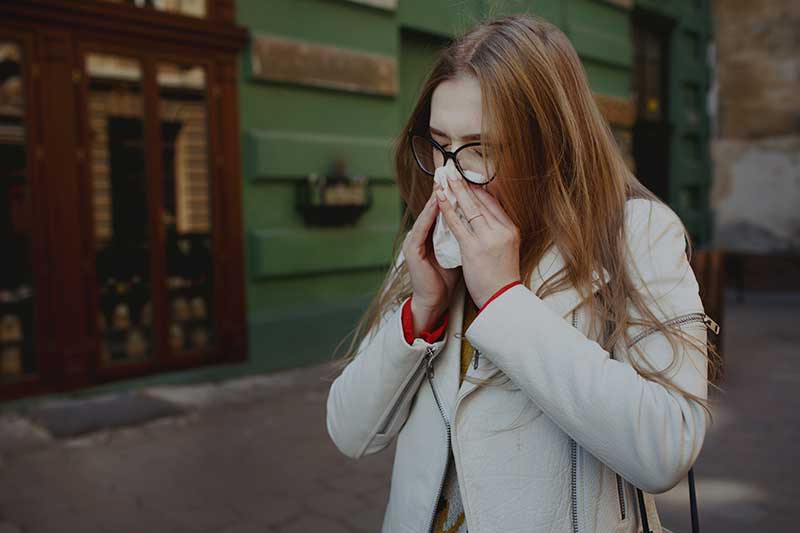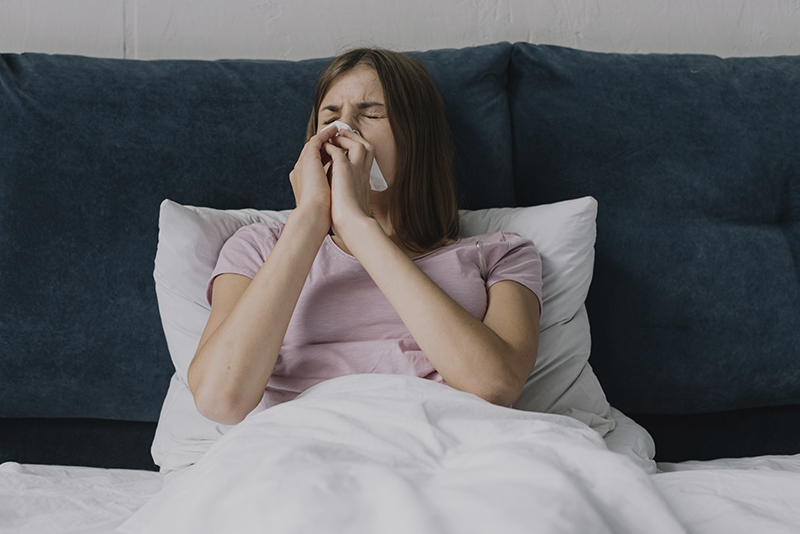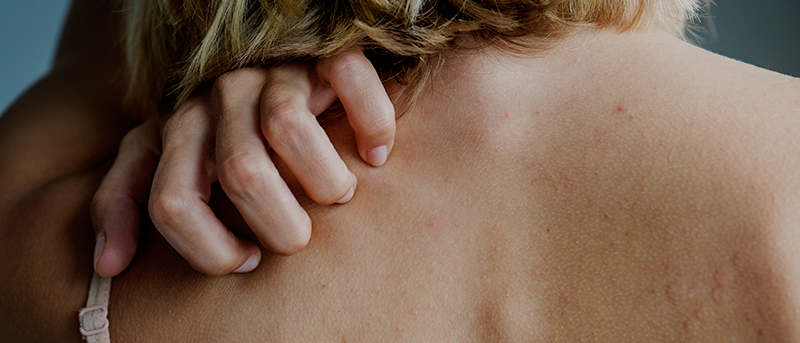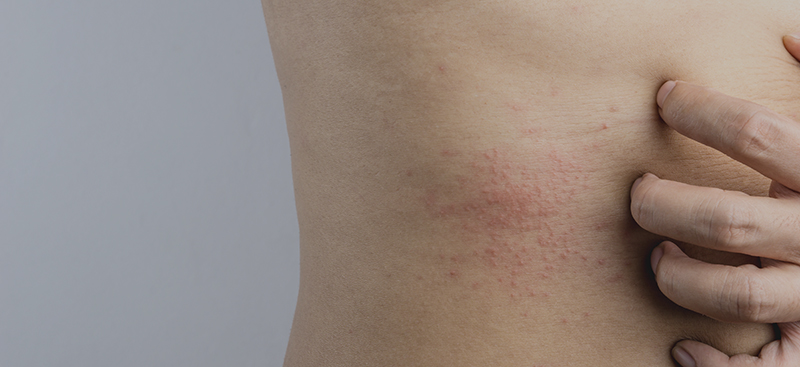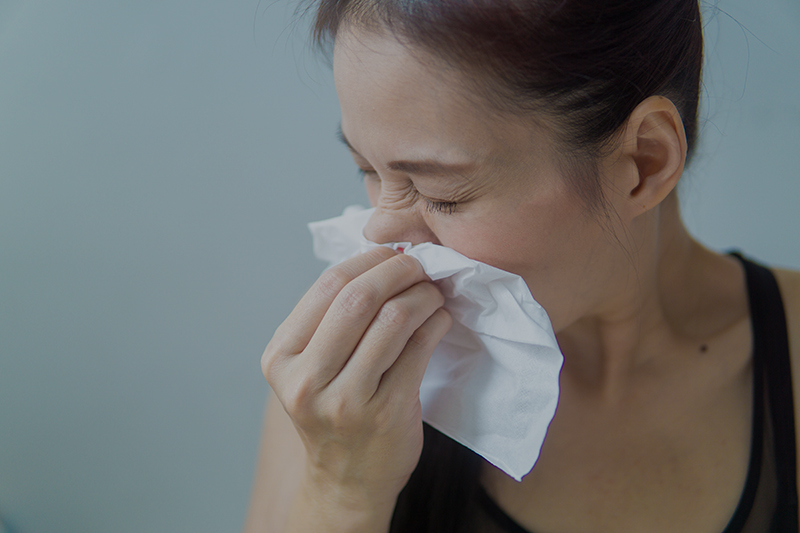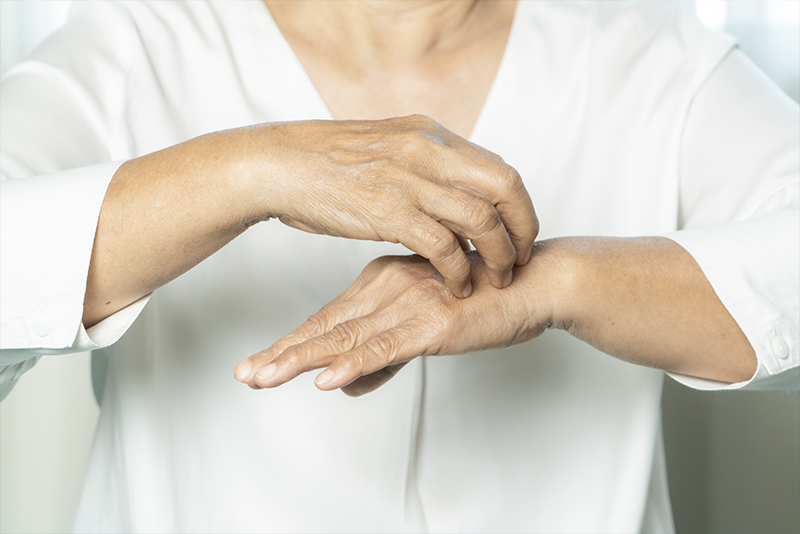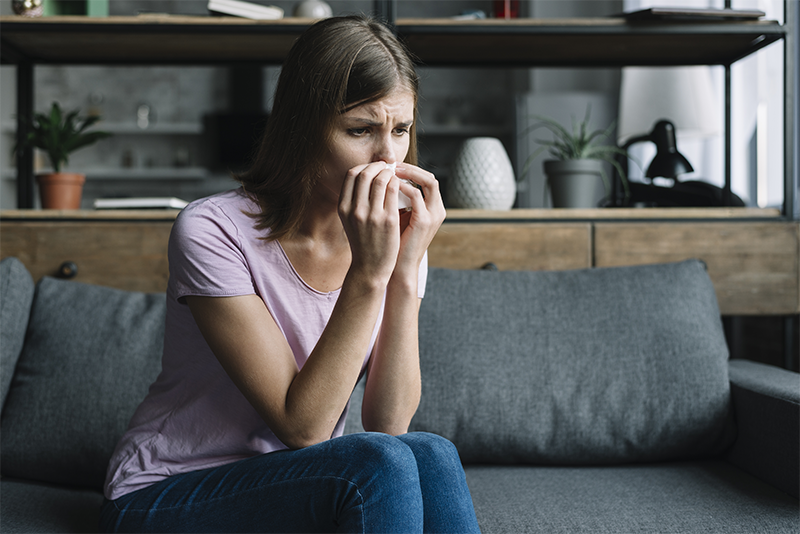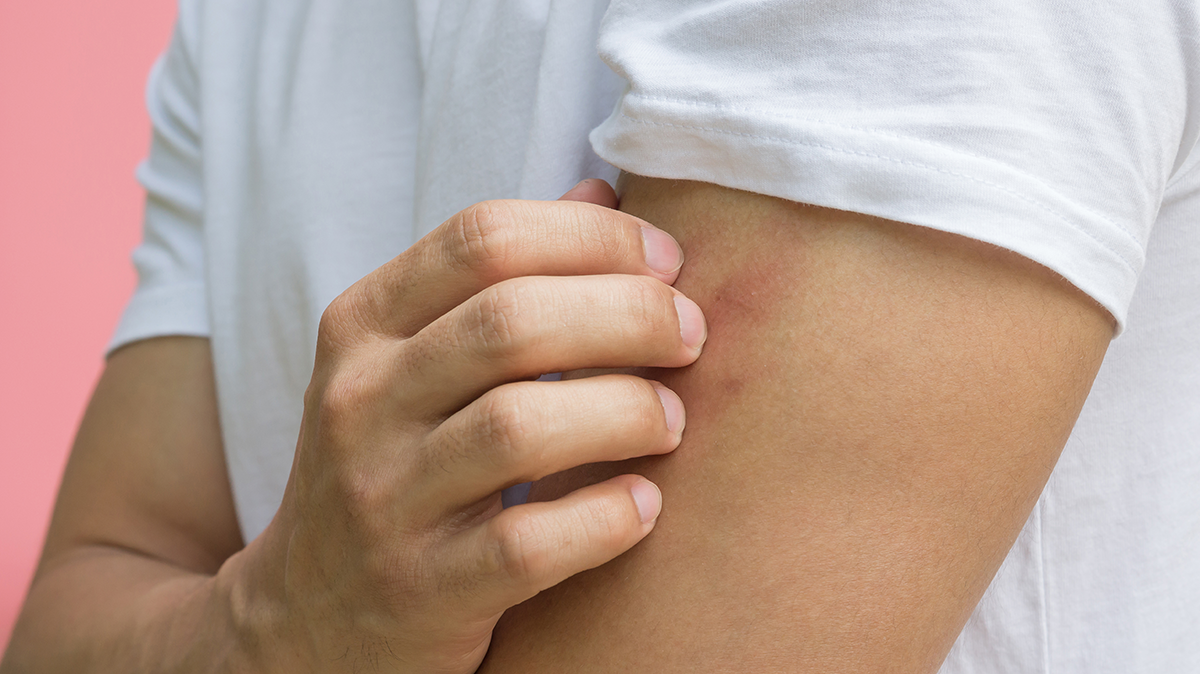
Ahmed Mohamed A, Hussein MS, Salah EM, Eldemery A, Darwish MM, Ghaith DM, Attala RA, El Borolossy R.
J Dermatolog Treat. 2020 Apr 29:1-22. doi: 10.1080/09546634.2020.1762838. [Epub ahead of print]
Chronic spontaneous urticaria is one of the most common cutaneous disorders, characterized by the recurrence of transient wheals, angioedema or both for more than 6 weeks. Vitamin D has a main role in bone homeostasis, but also has immunomodulatory action in innate and adaptive immunity. Some studies have shown that vitamin D plays also a role in the improvement of clinical symptoms of chronic urticaria.
The aim of this study was to assess the association between serum levels of vitamin D and chronic spontaneous urticaria and to evaluate its efficacy and safety.
The study included 77 participants with chronic spontaneous urticaria and 67 healthy controls. They were randomized to receive 0,25 ug of alfacalcidol daily or placebo for 12 weeks.
Participants with chronic spontaneous urticaria had a significantly lower serum vitamin D than healthy controls at the beginning of the study. 12 weeks after administration of alfacalcidol, participants with chronic spontaneous urticaria showed a significant higher level of serum vitamin D compared to placebo. Additionally, mean serum level of IL6, CRP and TNFa significantly also decreased in these participants.
Although vitamin D deficiency is more common in people with chronic spontaneous urticaria, supplementation with alfacalcidol may have a beneficial role as add-on therapy of chronic spontaneous urticaria with no relevant side effects.

